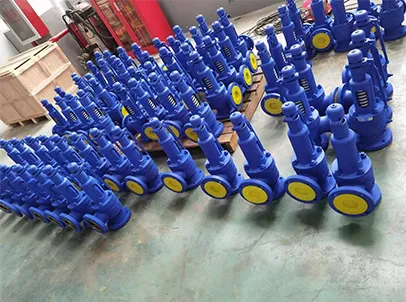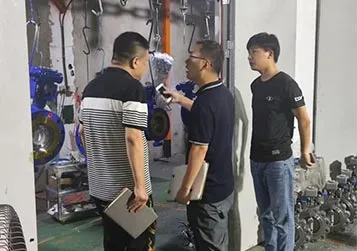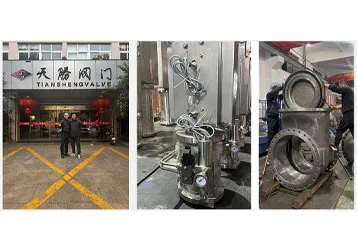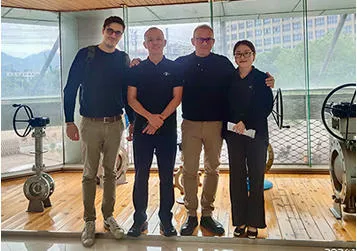- Email:info@tsv-valve.com

 Nov 18,2025
Nov 18,2025A safety valve is a critical pressure-relief device designed to protect industrial systems—like boilers, pipelines, and pressure vessels—from overpressure damage. As a core component of safety systems, it acts as a “last line of defense,” preventing explosions, equipment failure, and potential casualties when internal pressure exceeds safe limits.
Parallelled Back-flow Safety Valve
Its working principle is simple yet reliable. Each safety valve has a preset pressure threshold (set per industry standards). When the system’s internal pressure rises above this threshold, it overcomes the valve’s closing force (usually from a spring or weights). The valve automatically opens, releasing excess pressure until the level drops back to safe ranges. Once pressure is normalized, the valve closes tightly again, restoring system operation.
1. Overpressure Protection: The primary role—avoiding equipment rupture caused by pressure surges, such as sudden heat increases in boilers. 2. Pressure Stabilization: Maintains consistent pressure, ensuring process stability in industries like chemical manufacturing. 3. Compliance with Safety Standards: Mandatory in most countries (e.g., ASME, ISO) for pressure-containing equipment, ensuring regulatory compliance.
The two main types are spring-loaded safety valves (most widely used, suitable for various pressures) and pilot-operated safety valves (for high-pressure systems like oil pipelines). Key applications include: - Boilers & Steam Systems: Prevents steam pressure from exceeding boiler capacity. - Chemical & Petrochemical: Protects reactors and storage tanks from toxic or flammable media leaks. - Food Processing: Maintains safe pressure in sterilization equipment without contaminating products.
A faulty or missing safety valve can lead to catastrophic accidents. Regular inspection (checking pressure settings, sealing performance) is essential to ensure reliability. For businesses, choosing the right safety valve—matching system pressure, media type (liquid, gas, corrosive fluids)—is as important as installation.
In short, a safety valve is more than a device; it’s a cornerstone of industrial safety, balancing operational efficiency with risk prevention.
Previous: NULL
Related News




GET A QUOTE